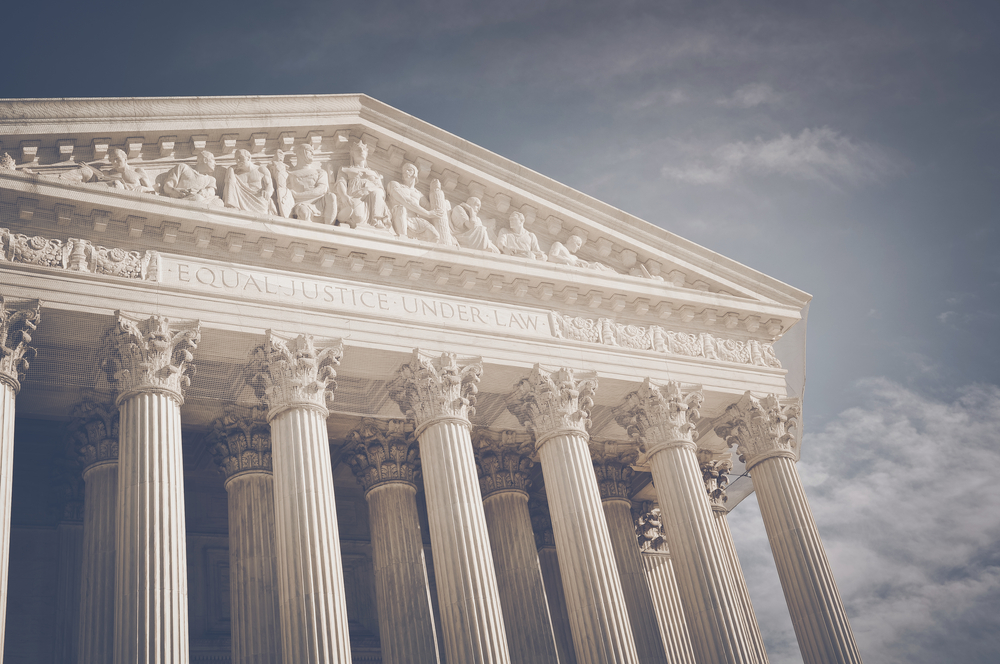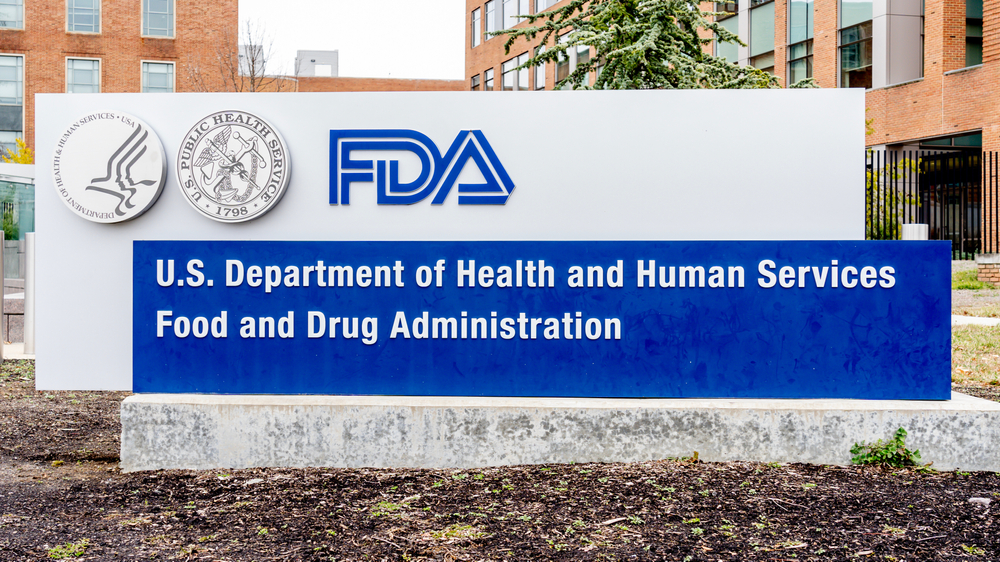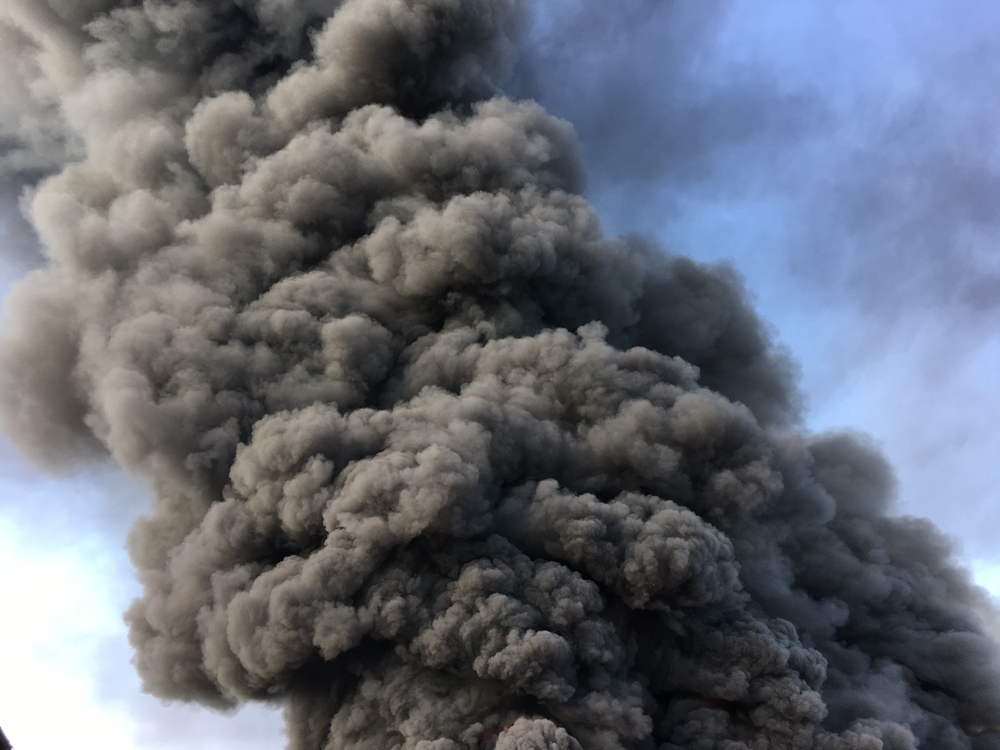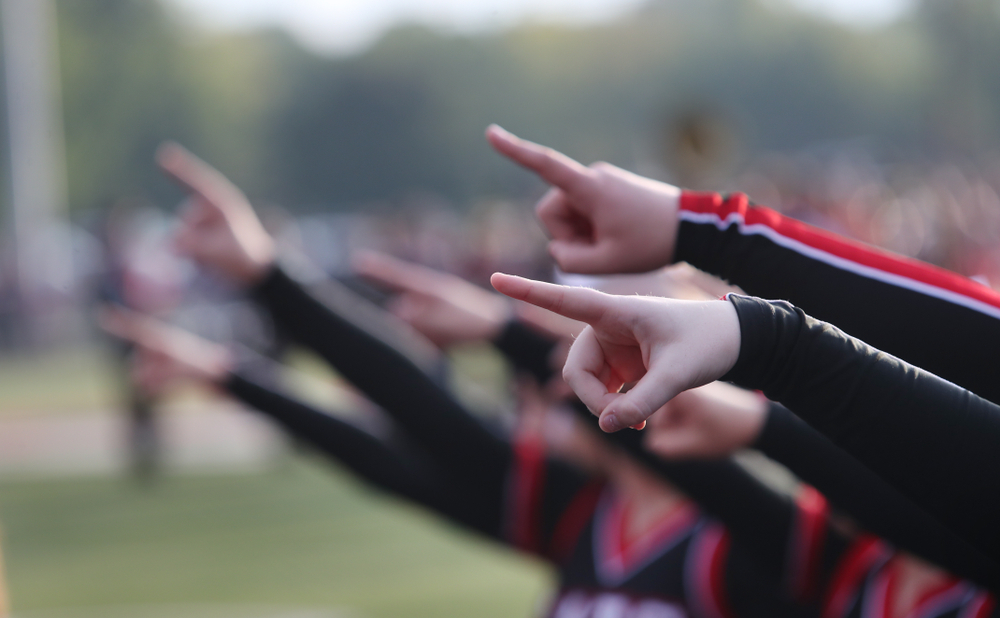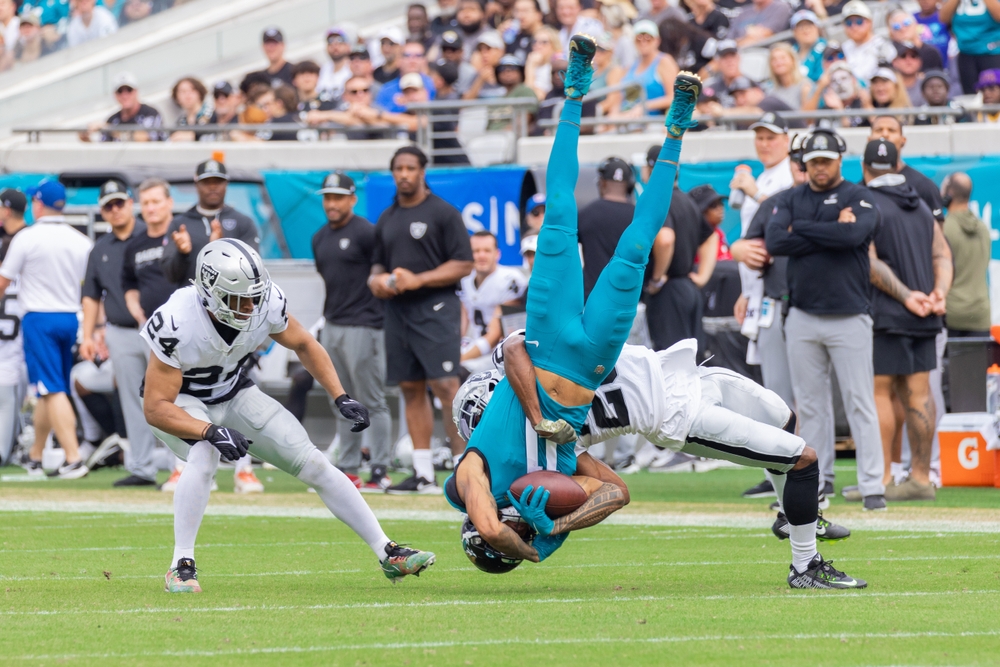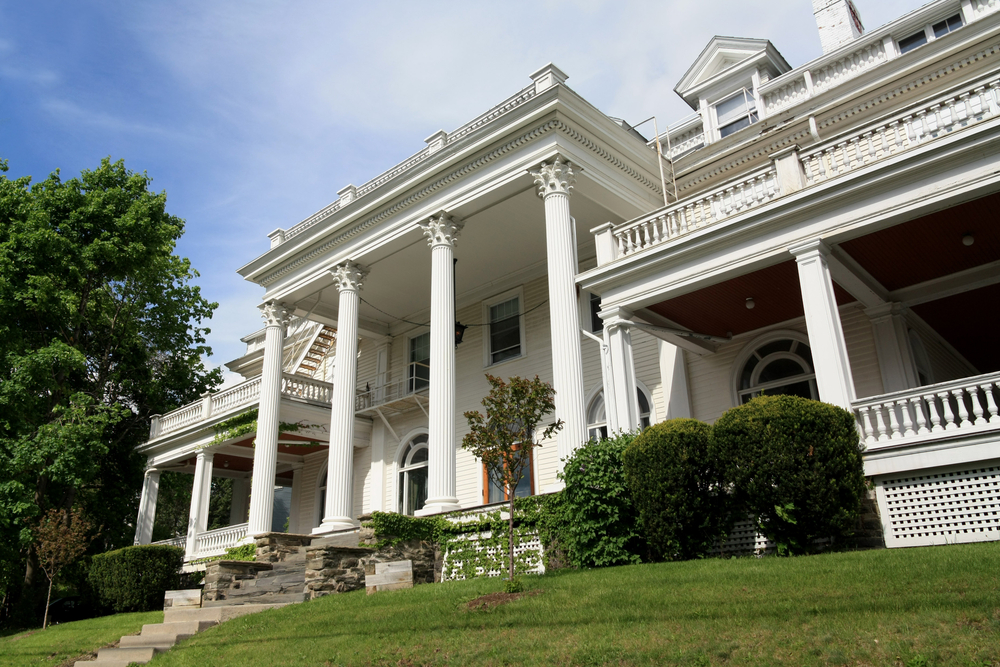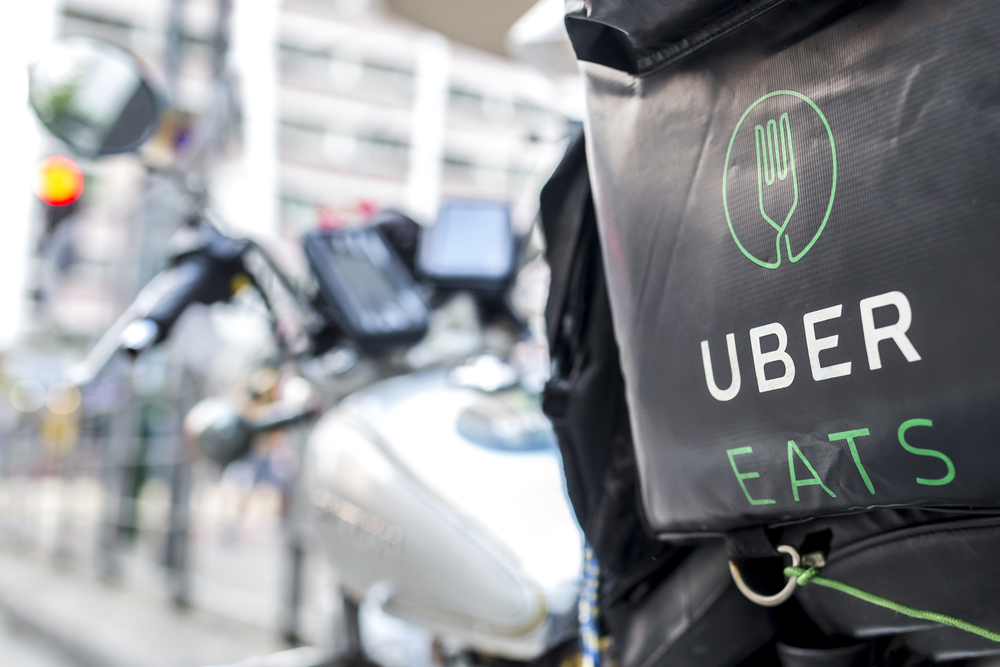Supreme Court cameras an issue that won’t go away
In an era of deep political division and more contentious confirmations of the three most recent justices, the arguments for cameras in the U.S. Supreme Court might be stronger than in past decades.
It’s not a new idea. The first bill proposing to allow cameras in the nation’s highest court was filed in 1937. More than 80 years later, there is still no live coverage of the court’s proceedings, but some lawmakers continue to try.
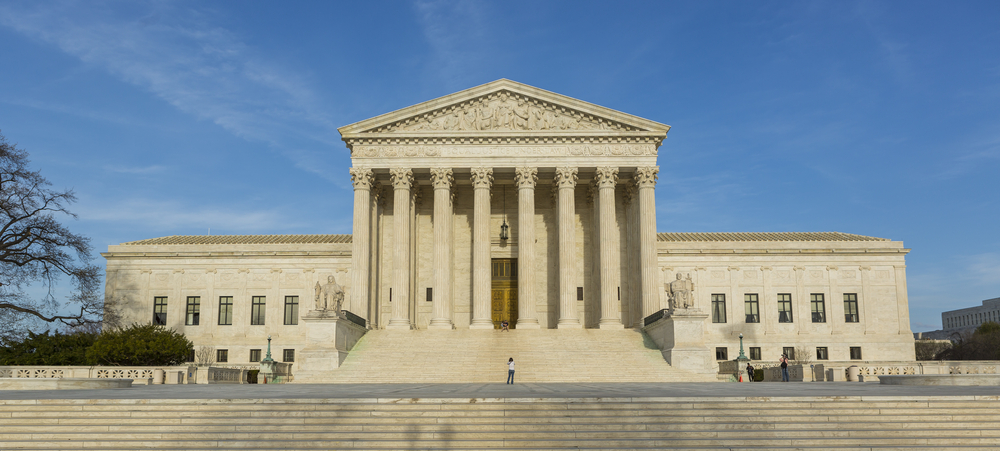
A bill in the House and another in the Senate seek to lift the veil and bring cameras into the courtroom so the general public can watch proceedings live.
RELATED: What is an amicus brief, exactly? Let us explain.
RELATED: It’s not just elections: Russians are targeting the U.S. justice system
There are two known illegally taken photos of the U.S. Supreme Court in action. One was published in Fortune in 1932, after a photographer sneaked a camera in by hiding it in a sling for a broken arm that wasn’t actually broken. Another ran in Time in 1937 after a photographer took a photo with a camera concealed in her pocketbook, with a hole cut for the lens.
“Decisions made by the Supreme Court can resonate with Americans for generations, yet most of them will never have a chance to see the highest court in action. Opening up the Supreme Court’s public proceedings to cameras and other broadcast tools provides a window into the court for all Americans, not just those in Washington, D.C. It would also expand the people’s understanding of our judicial system,” said Sen. Chuck Grassley, R-IA, who introduced legislation last year to open proceedings to cameras. Sen. Dick Durbin, D-IL, introduced the Cameras in the Courtroom Act as well. It is co-sponsored by Sen. Richard Blumenthal, D-CT, and Sen. Amy Klobuchar, D-MN.
Grassley, and other colleagues also sponsored the Sunshine in the Courtroom Act, a separate bill that would allow judges to permit media coverage of trials in lower federal courts.
Earlier this year, U.S. Representative Mike Quigley, D-IL, introduced the 21st Century Courts Act, which calls for numerous changes including requiring live streaming for federal appellate courts and the Supreme Court. House Judiciary Chairman Jerry Nadler. D-NY, and Representative Hank Johnson, D-GA, co-sponsored it.
Grassley has sponsored other bills over the years aiming to open the highest court to cameras, but they have failed. One caveat in this latest Cameras in the Courtroom Act allows for the justices to take a vote with a majority rule that can close a case to cameras if they would hamper due process rights of one or more of the parties of the case.

One reason previous calls for cameras in the U.S. Supreme Court have failed is because members of Congress don’t want to force something on the court, surmised Louis J. Virelli III, who teaches Constitutional Law at Stetson University College of Law in Florida. It would be legally awkward, to say the least, if the justices continued to oppose cameras, and Congress was in the position of forcing them to comply with the law.
Still, he believes there is good reason for more transparency of the court.
“There have been some very controversial confirmation hearings of the court in the past four years. The public’s trust in the court’s neutrality or impartiality is wavering,” Virelli said. “How you promote people’s understanding of the court and how you promote trust in the court is to give them more access.”
He pointed to former U.S. Supreme Court Justice Louis Brandeis’ saying: “Sunlight is one of the best disinfectants.”
Most justices aren’t in favor
Justices, past and present, aren’t fans of conducting their monumental proceedings in front of televised or streamed audiences. While more than 400 spectators, including the press and 50 from the general public, are seated in the U.S. Supreme Court most days, thousands or millions watching from home is very different, they say. (Here’s a link to show how the seats are divvied up.)
Questioners asked Justice Elena Kagan how she felt about cameras in the courtroom during her 2010 confirmation hearing.
“I think it would be a terrific thing to have cameras in the courtroom. And the reason, I think, is when you see what happens there, it’s an inspiring sight,” she told Senate Judiciary Committee members.
But her opinion has changed. She testified on the subject during a House budget hearing in 2019 and said she worried justices might change “the way they ask questions rather than risk being misinterpreted on the evening news,” media reported at the time.
Justice Samuel Alito testified at the same hearing and said he used to think arguments should be televised, but he also changed his way of thinking after becoming a justice in 2006. He said he worried televising arguments would undermine the decision-making process.

A key reason most judges historically haven’t been in favor of cameras in the courtroom is their desire to stay anonymous, said Andrew Hessick, a professor at the University of North Carolina School of Law, whose teaching and research includes federal courts and administrative law.
“They don’t want much of a spotlight on them. It’s not supposed to be about politics and being popular. They just want to get the cases done,” he said. Hessick pointed to the “celebrity status” that was cast upon Ruth Bader Ginsburg later in her life.
“If they are on TV there would be a lot more of that,” he said. “If they start becoming popular, then they feel, maybe even subconsciously play to their base.”
Also, the U.S. Supreme Court tends to be viewed as one cohesive unit, even if they disagree. If the court were on television, the justices may end up being seen more as individuals.
Ayes and Nays
Just like every good argument in court, Congress or around the kitchen table, there is a rebuttal for each claim.
Justices worry televising the courts will create soundbites on the news and comedy shows. Well, the press is already in the courtroom and writing soundbites that end up on the news. Furthermore, already audio recordings of all proceedings are made available online soon after a ruling is made.
Another argument against televising the proceedings is the general public won’t be able to fully comprehend all that goes into a Supreme Court ruling, if they only watch a bit here and there. Again, they already have the ability to listen and possibly misconstrue intentions or perhaps, gain a fuller understanding.
Advocates for cameras in the courtroom believe over time, that would allow the general public to have a better understanding of how the highest court in the land operates.
“I think there are risks associated with it, but there are good reasons for having open court,” Hessick said. “We want people to be able to see the arguments and what the justices are doing.”
“The court’s docket and power have expanded over time. They now decide a lot of issues that they weren’t deciding 200 years ago,” he added, pointing to marriage equality, travel bans, health care and election matters. The general public is affected by so many of its rulings, so Americans should have the option of viewing how these decisions are made.
“The problem, according to those who have opposed it, is (cameras) would make what is meant to be an independent and political exercise more theatrical,” Virelli said. “The justices who oppose this say they don’t want to feel as if they are being asked to play to an audience. … The counter point is the justices should be trusted not to do that. It certainly wouldn’t be like a press conference at every hearing.”
Bills call for only oral arguments to be televised, not the conferences where the justices continue to talk about the cases in private.
How to watch in person
While there are no cameras in the courtroom yet, the general public can actually view Supreme Court proceedings in person. There are about 50 seats available on a daily basis for anyone who lines up outside the great hall of justice.
Currently, the public is not allowed during the pandemic, but during most times the process is basically as simple as waiting in line in person.
“You line up a few hours or so beforehand, then you go in and you can watch the arguments,” Hessick said. “For the hot button cases you have to get there really early. For some really major ones, people line up the day before.”
He recalled getting in line at 4 a.m. to secure a seat to see Santa Fe Independent School District V. Doe. There were already people in line in front to see the case in which the Supreme Court decision limited opportunities for schools to endorse religious messages at school events.
The doors open at 9:30 a.m. and police officers escort people to their seats. If everyone doesn’t get a seat, there is a “three-minute line” for people to file through and watch the court briefly.
Contact Katherine Snow Smith at Katherine@legalexaminer.com. Follow her on Twitter at @snowsmith.








